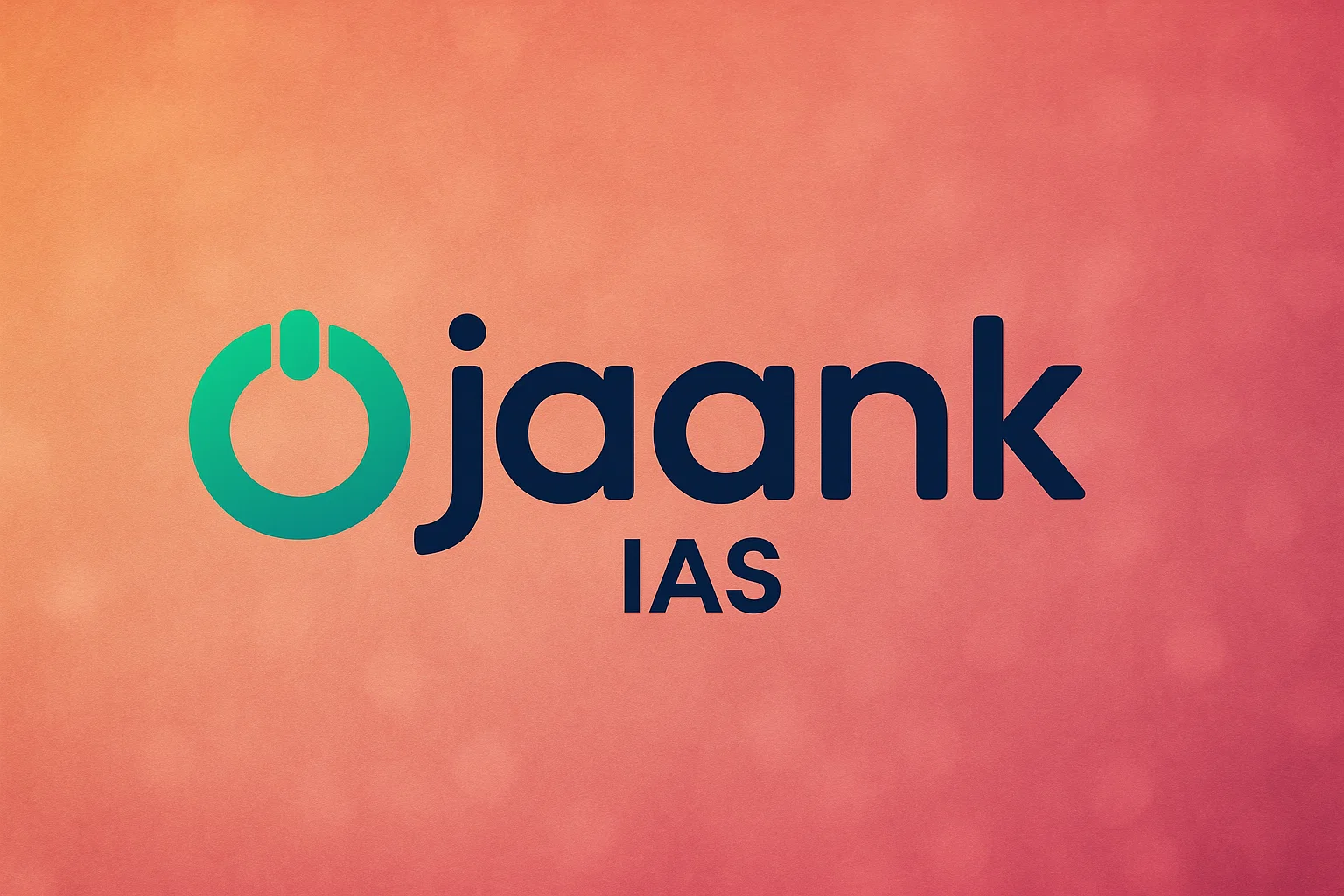One Nation, One Vote: The Strategic Blueprint of the Kovind Committee Unveiled

In the contemporary political tapestry of India, a transformative proposal stands at the cusp of realization – the amalgamation of electoral processes into a singular, cohesive framework, as envisaged by the esteemed Kovind panel. This initiative, christened "One Nation, One Election," has ignited a discourse, analyzing its merits and the mechanics of its implementation, under the stewardship of the venerated ex-President Ramnath Kovind.
Upon the dawn of Thursday, March 14th, the High-level Committee (HLC) on this ambitious project tendered its exhaustive findings to President Droupadi Murmu. Encapsulated within a staggering 21 volumes, spanning 18,626 pages, the report is segmented into 11 chapters alongside supplementary annexures, unveiling a roadmap for electoral synchronicity across the legislative spectrum of India.
The governmental machinery, in an effort to elucidate this proposition, has disseminated a compilation of Frequently Asked Questions (FAQs), shedding light on the nuances of the "One Nation, One Election" proposal, as delineated in official documents.
The Essence of Concurrent Elections
At its core, the concept advocates for the simultaneous orchestration of polls to the Lok Sabha, all state Legislative Assemblies, and the myriad urban and rural local bodies, weaving a tapestry of electoral harmony. This proposition aims to replace the existing, fragmented electoral landscape, where elections are staggered, obeying the individual rhythms of each elected entity.
A Historical Perspective
This vision of electoral simultaneity is not without precedent in the annals of Indian democracy. The year 1957 marked a seminal moment with the execution of concurrent elections across seven states, under the aegis of a collaborative effort between the central government, state administrations, political entities, and the Election Commission of India. This practice enjoyed prevalence until the epoch of the fourth general elections in 1967, thereafter succumbing to the vicissitudes of political dynamics and the resultant asynchronous electoral cycles.
The Rationale for Synchronization
The discourse surrounding electoral synchronization has gained momentum, particularly post-2014, buoyed by the incumbent government and the emphatic endorsement of Prime Minister Narendra Modi. The argument pivots on several critical observations:
The recurrent nature of elections levies a substantial fiscal burden on the exchequer, compounded when the expenditures of political entities are accounted for.
Asynchronous elections foster a milieu of uncertainty and instability, impeding economic vectors such as supply chains and business investments.
The disruptive sway of staggered elections on governmental functions exacerbates the plight of the citizenry.
The repeated deployment of government officials and security apparatus detracts from their primary responsibilities.
The periodic imposition of the Model Code of Conduct (MCC) engenders a state of policy stasis, hindering developmental initiatives.
The phenomenon of 'voter fatigue' emerges as a consequential challenge, diminishing participatory zeal.
The Architectural Framework of the Proposal
The Kovind panel, instituted in September 2023, embarked on this exploratory journey, enriched by a diverse panel comprising luminaries such as Home Minister Amit Shah, and other distinguished personalities. Deliberations unfolded across 65 meetings, culminating in a set of recommendations that envisage a phased implementation:
Constitutional Amendments: An initial phase to synchronize Lok Sabha and State Assembly elections, followed by a subsequent alignment of local body elections within a 100-day window of the aforementioned polls.
Unified Electoral Infrastructure: The adoption of a singular electoral roll and identification mechanism, harmonizing the electoral process across governance tiers.
Provisions for Political Contingencies: Recommendations to address scenarios such as hung parliaments or assemblies, advocating for elections to reconstitute the house for the remainder of its term.
Logistical Coordination: An imperative for the Election Commission of India to engage in preemptive logistical planning, ensuring the seamless conduct of synchronized elections.
This blueprint not only seeks to redefine the electoral paradigm in India but also poses a profound inquiry into the fabric of democratic engagement, inviting a contemplation on the balance between efficiency and representation.